test:Фовизм
Henri Matisse
description
Henri-Émile-Benoît Matisse was a French artist, draughtsman, printmaker, and sculptor. He was the leader of the Fauvism movement and is known for both his use of color and his fluid and original draughtsmanship. Apart from Fauvism, he worked in other genres such as Impressionism, Post-Impressionism and Cubism.
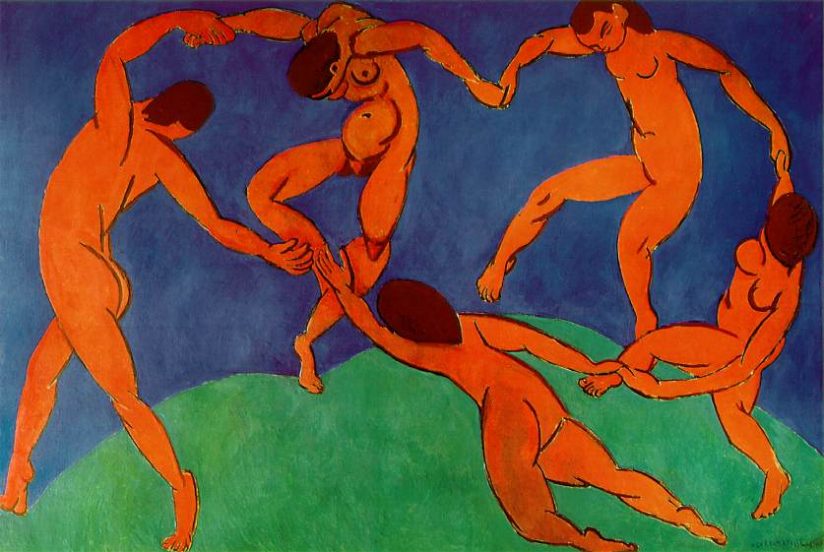
Answers
Option 2
Option 2
Option 3
Option 3
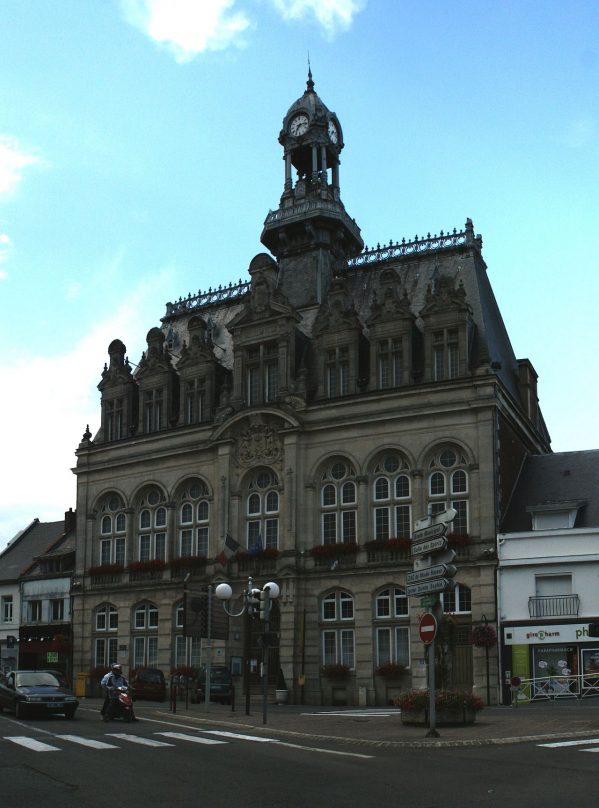

Answers
Option 1
Option 1
Option 3
Option 3
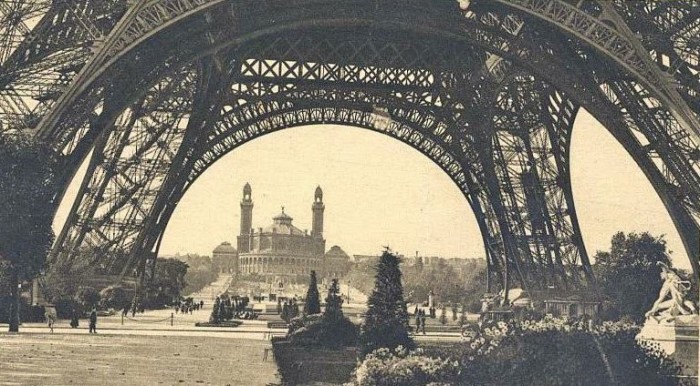

Answers
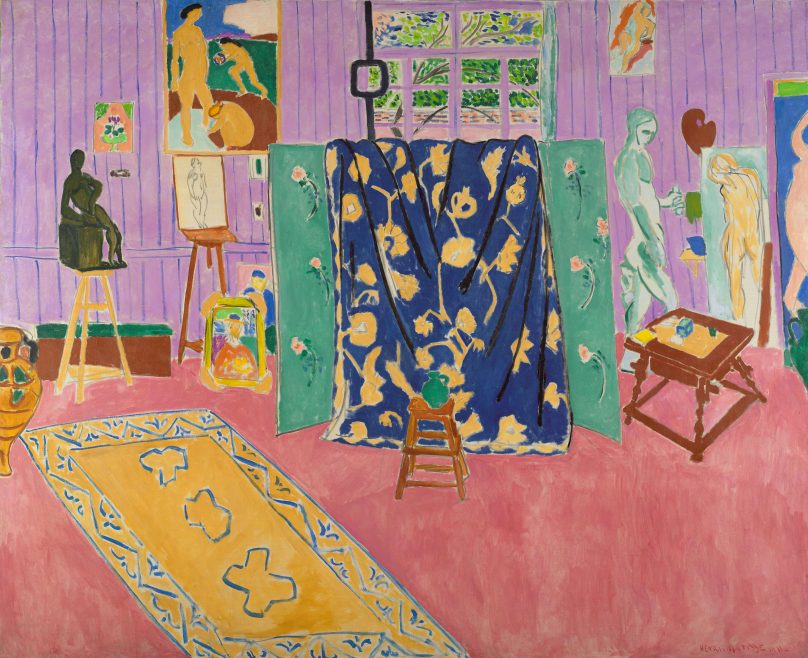

Answers
Option 2
Option 2
Option 3
Option 3
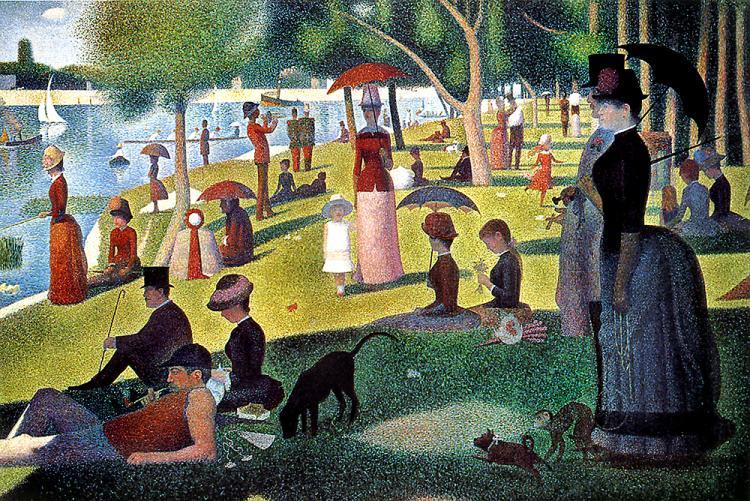

Answers
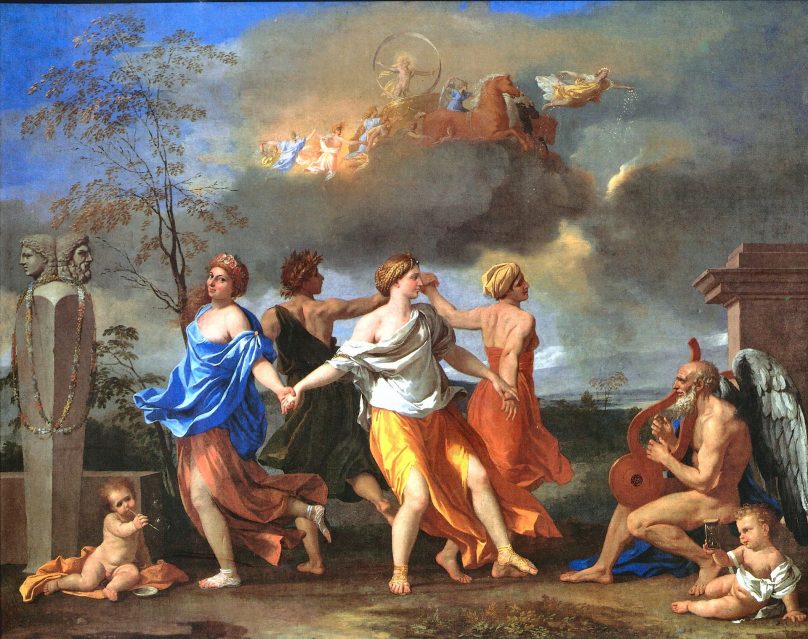

Answers
Option 1
Option 1
Option 2
Option 2
Option 3
Option 3
Option 4
Option 4
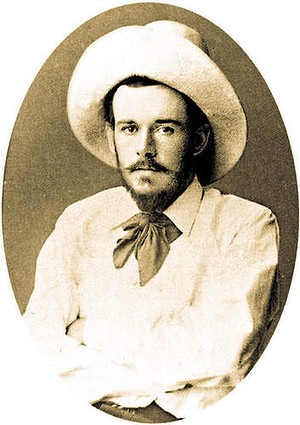

Answers
Option 1
Option 1
Option 2
Option 2
Option 3
Option 3
Option 4
Option 4
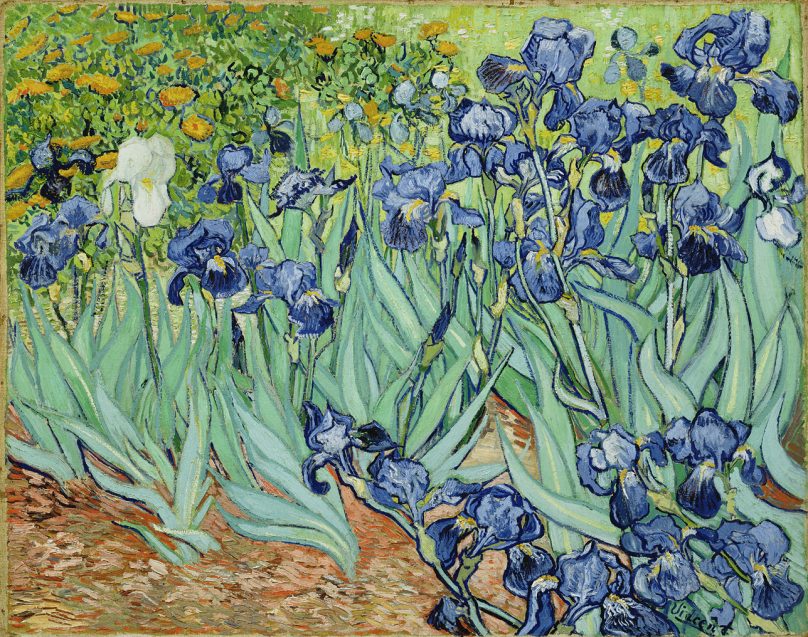

Answers
Option 1
Option 1
Option 2
Option 2
Option 3
Option 3
Option 4
Option 4
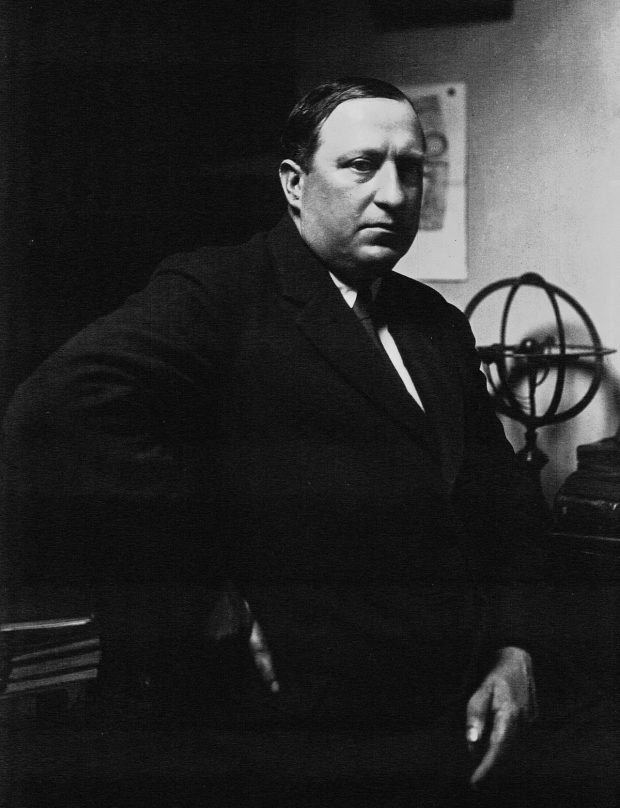

Answers
Option 2
Option 2
Option 3
Option 3
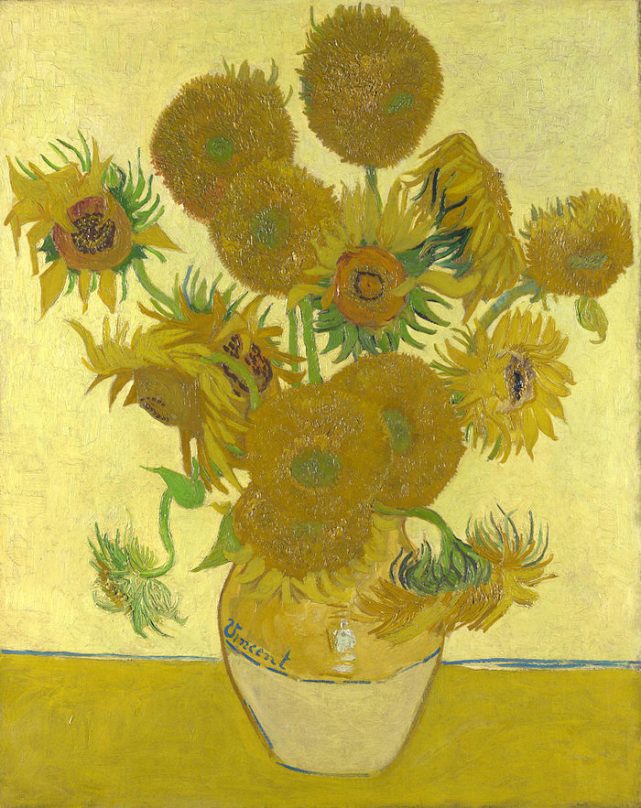

Answers
Option 1
Option 1
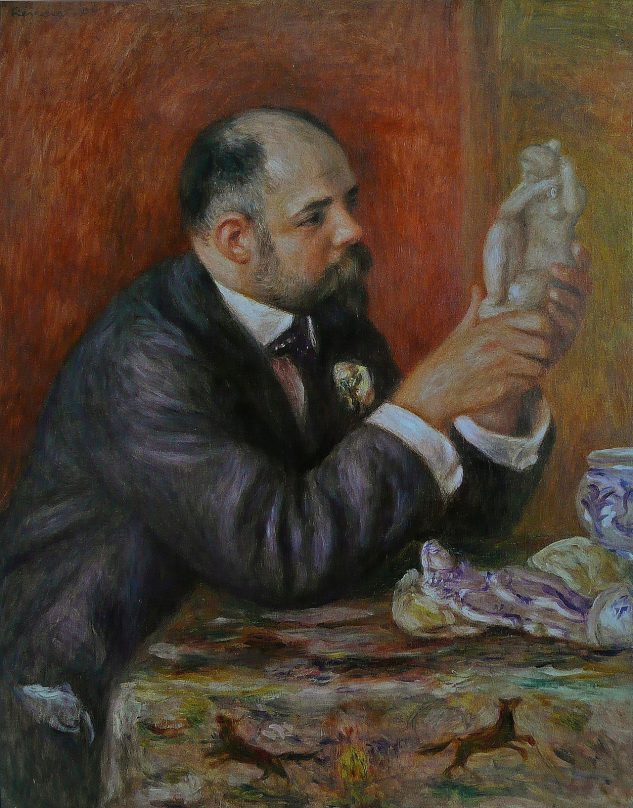

Answers
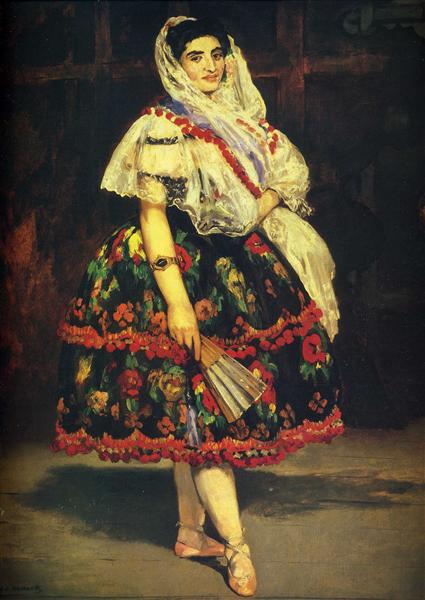

Answers
Option 2
Option 2
Option 4
Option 4
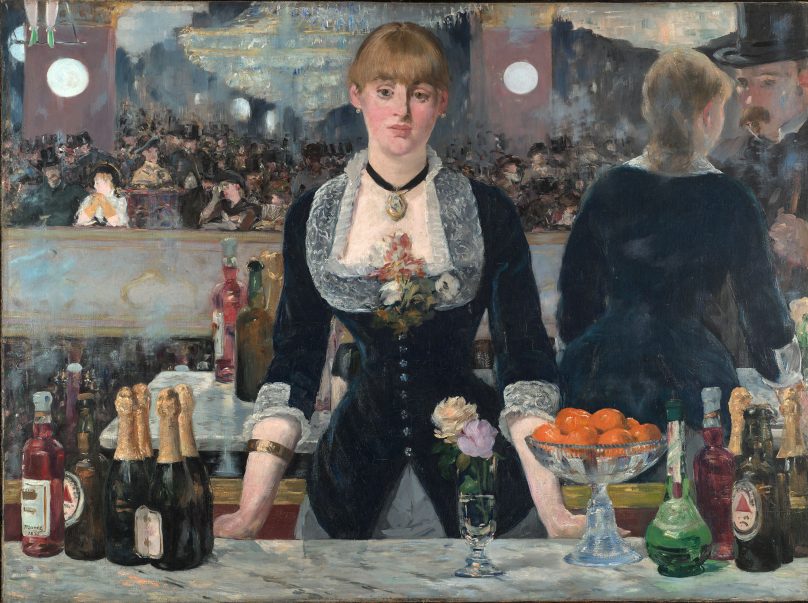

Answers
Option 3
Option 3
Option 4
Option 4
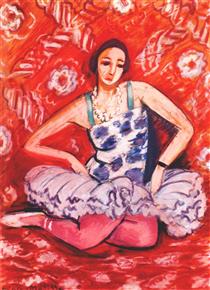

Answers
Option 1
Option 1
Option 2
Option 2
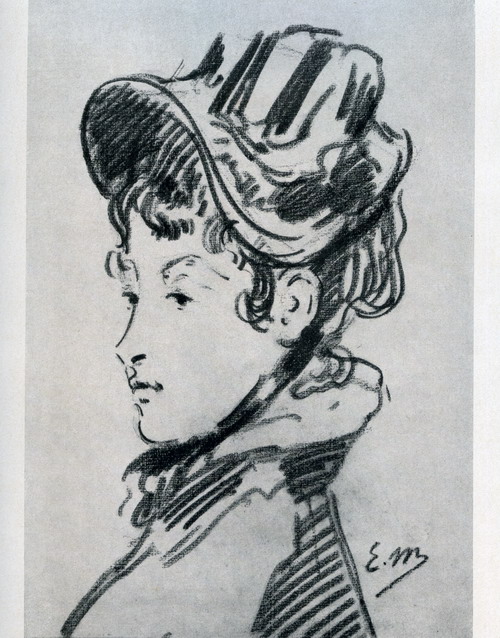

Answers
Option 1
Option 1
Option 3
Option 3
Option 4
Option 4
Answers
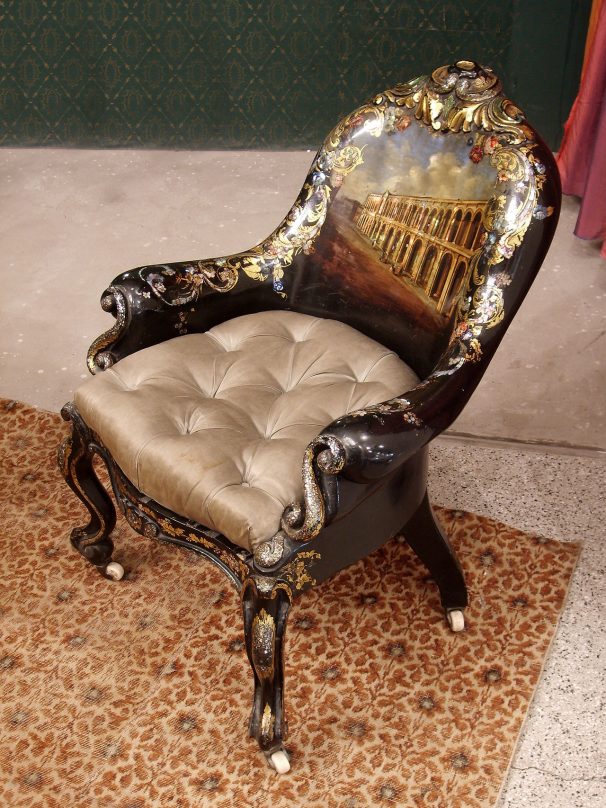

Answers
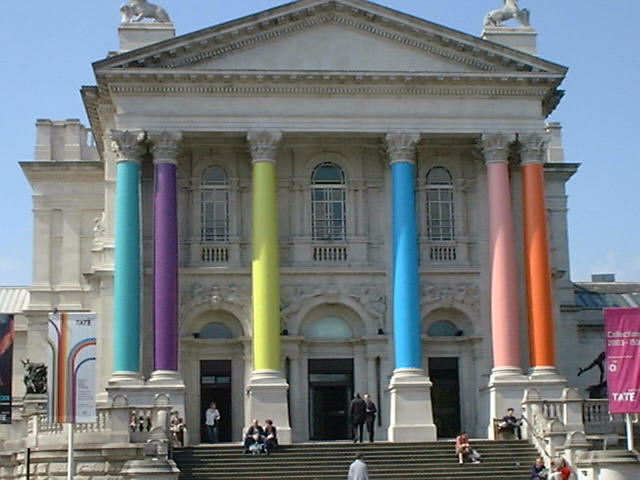

Answers
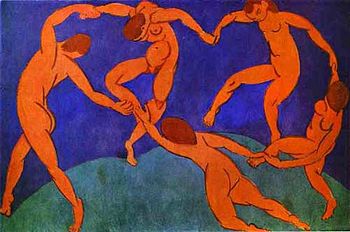

Answers
Option 1
Option 1
Option 2
Option 2
Option 3
Option 3
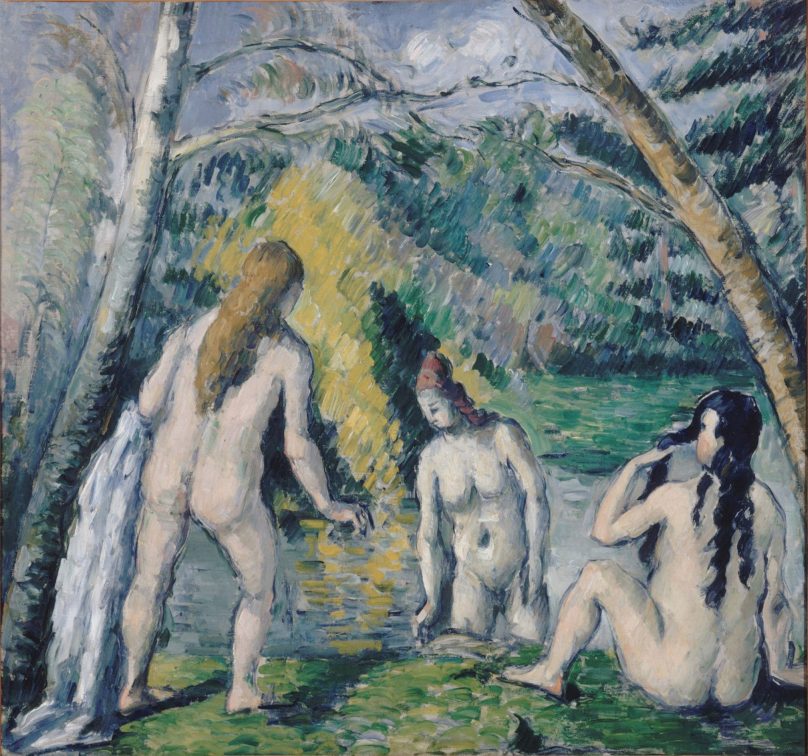

Answers
Option 1
Option 1
Option 2
Option 2
Option 3
Option 3
Option 4
Option 4
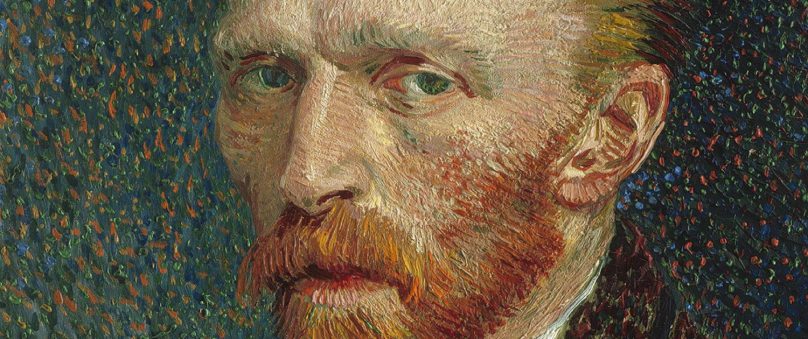

Answers
Option 2
Option 2
Option 3
Option 3


test:Фовизм
Henri Matisse
correct answers
Henri-Émile-Benoît Matisse was a French artist, draughtsman, printmaker, and sculptor. He was the leader of the Fauvism movement and is known for both his use of color and his fluid and original draughtsmanship. Apart from Fauvism, he worked in other genres such as Impressionism, Post-Impressionism and Cubism.
